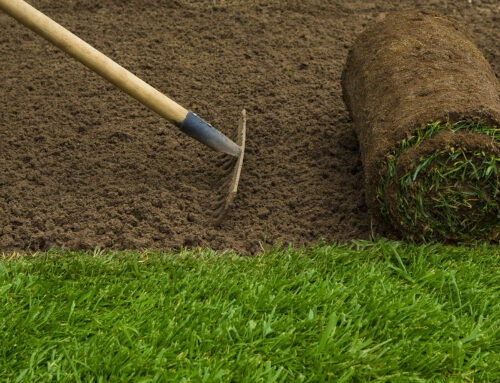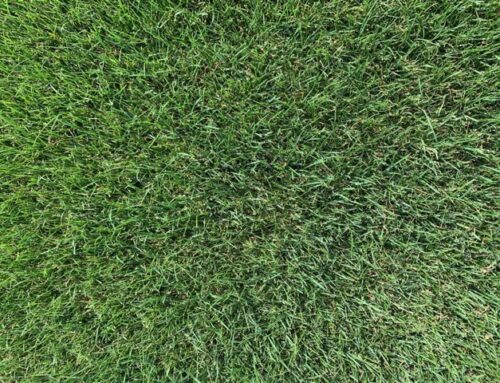Your property is a considerable investment that is more than just the readily visible elements—certain features help to make it enjoyable and livable, which may include a drainage system.
A drainage system, essentially, is designed to remove water from a specific area and is typically made up of pipes, trenches, tunnels, and chambers. There may also be a retention pond to slow the flow of water. These systems help to keep too much stormwater from being released at once, which may cause flooding and other issues.
Before making any decisions, however, there are things to know before you install a new drainage system on your property.
Why You Need a Drainage System
Whether you are just starting to take an interest in landscaping your property or you have been working at it for some time, a common component that is often overlooked is drainage. It is not typically the first thing that comes to mind, but it is an important element that serves lawns, gardens, and even structures, keeping them in excellent shape.
During heavy rain or any time your lawn receives too much water, it can cause soil erosion, moving soil from one place to another, often in an undesirable manner. This erosion can cause considerable damage to lawns and gardens but may also cause damage to the foundation of your home or other structures, leading to cracks and a point of ingress for water. Ultimately, this can threaten a building’s structural integrity.
Types of Drainage Systems
Every project should always involve a planning phase where options are considered, and the most suitable equipment is selected. For example, there are different types of drains, each with their own characteristics that may make them more or less suitable for your situation. They include:
- French drains are trenches filled with gravel or sand. These trenches are used to direct water away from a building’s foundation. This is a sub-surface system in which the topsoil is replaced to create a path which the water can follow more easily. The trench is frequently lined with a gardening or plant fabric and may sometimes include a perforated or slotted pipe.
- Surface drains collect water flowing through your property, guiding it to a storm drain or sewer. They tend to be near or adjacent to driveways and sidewalks, which helps reduce flooding. They are installed in areas where large amounts of water may collect.
- Trench drains are tunnels dug into the lawn. They are filled with gravel to help drain excess water. It differs from a French drain in that it is located on the surface, not under the soil.
Advantages and Disadvantages of Drainage Systems
While a drainage system can be invaluable in protecting your landscaping and even your home or business, there are some potential disadvantages to watch out for. The advantages include:
- Prevents water accumulation. By directing water away from your home or other structures, your drainage system can prevent too much water from accumulating. This also helps prevent too much water from killing your plants and stagnant water that can become a breeding ground for mosquitoes.
- Limits soil erosion. When stagnant water accumulates over time, the soil becomes muddy, which in turn leads to erosion. A drainage system will help you to maintain a proper balance of moisture in your soil, reducing erosion.
- Removes toxic materials and disease organisms. Depending on where you live and your weather conditions, you may occasionally experience flash floods. When this occurs, contaminated water may find its way into your soil. With a proper drainage system, these toxic materials can be removed and drained away from your property.
- Potential water contamination. A drainage system that is not properly maintained may contribute to contamination problems. Specifically, subsurface systems may carry nitrate through the drainpipes, ultimately reaching other bodies of water.
Some of the disadvantages associated with drainage systems include:
- Potentially expensive. The exact amount will vary by your property and the type of drainage system, but an investment is required, and it won’t necessarily be cheap.
- Maintenance. To ensure that the drainage system continues to work properly, it will require some maintenance.
Despite the potential issue posed by drainage systems, they can be an important part of maintaining the well-being of both your property and your home or business.
If you have more questions about drainage systems, please contact Sod Crew today and we will be happy to help you.







